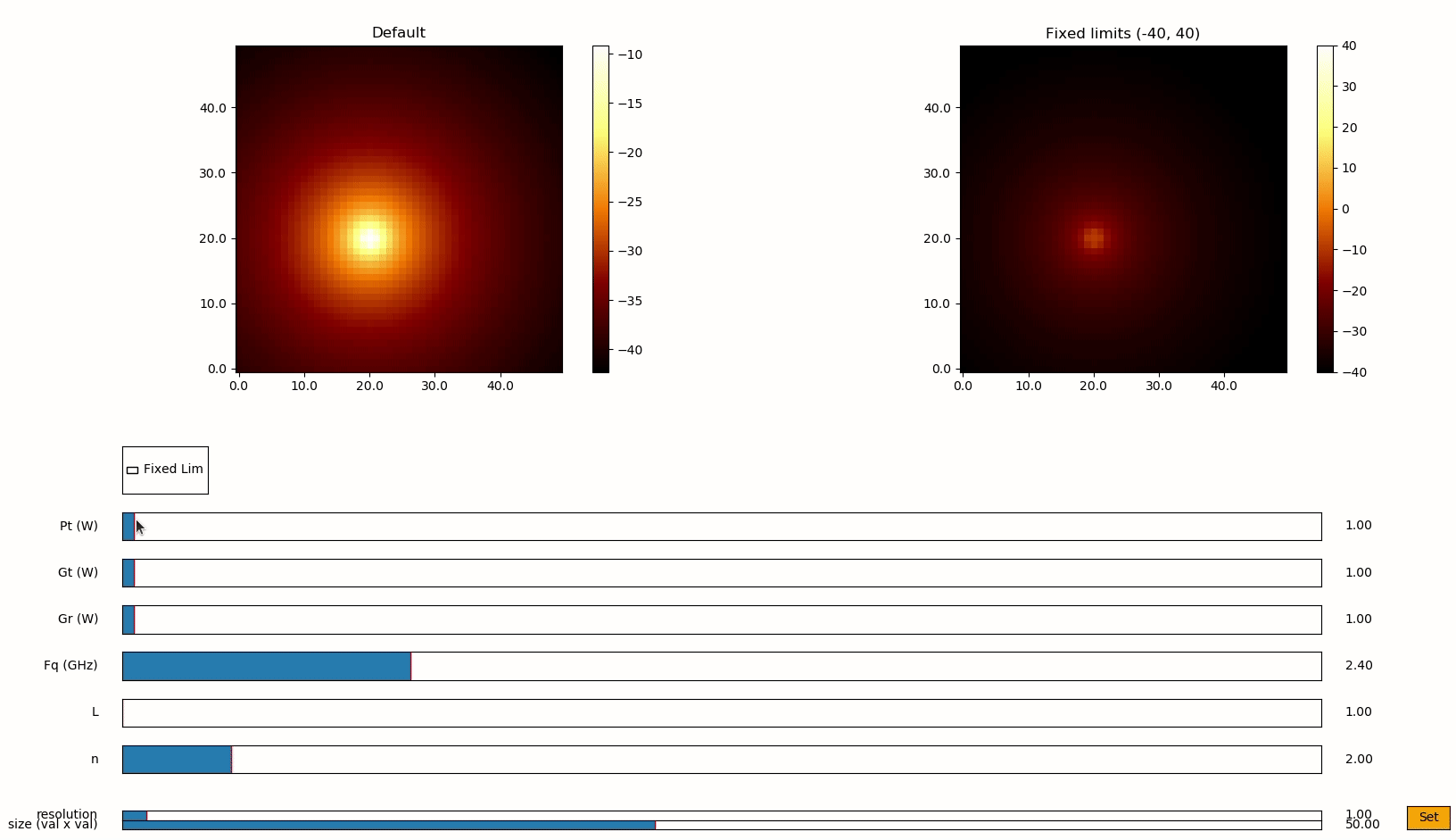TFG: Autonomous drone navigation based on Reinforcement Learning for localizing a RF station
Cristian Sanchez has successfully presented his final degree project named “Navegación autónoma de un dron para localizar un transmisor de radio frecuencia basado en aprendizaje por refuerzo”.
| Information and Resources | |
|---|---|
| Work | |
| Slides | |
| Git Repository | Link |
| Tutor | Roberto Calvo Palomino |
Autonomous done navigation is getting attention in different fields during last years. Applications focused on people-rescue, surveillance, infrastructure inspection are being demanded nowadays, but drone must be operated autonomously by itself.
The focus of the study is on Unmanned Air Vehicles (UAV), whose use covers from rescues in inaccessible areas, to inspections in the industry, or inventoried, among many other examples.In parallel, we have the study of the Radio Frequency (RF) spectrum, which covers a large part of the modern world, such as the use of communications mobile phones, or in broadcasting using frequency bands such as FM radio. Thus, Understanding and working on signal propagation can introduce us to new useful applications for the world.
To evaluate properly this project, a FRISS model has been implemented in python and create a ROS node to export this feature to the ROS ecosystem. Check the PDF above for more information.
The objective of this work is to developed a solution based on reinfocemente learning (Q-learning) that is able to learn how to reach a RF transmmiter at outdoor/indoor environment. Static and dynamic environments have been evaluated with obstácules in a realistic way.
Check the video below to see more details about the system:
The focus of the study is on Unmanned Air Vehicles (UAV), whose use covers from rescues in inaccessible areas, to inspections in the industry, or inventoried, among many other examples.In parallel, we have the study of the Radio Frequency (RF) spectrum, which covers a large part of the modern world, such as the use of communications mobile phones, or in broadcasting using frequency bands such as FM radio. Thus, Understanding and working on signal propagation can introduce us to new useful applications for the world.
To evaluate properly this project, a FRISS model has been implemented in python and create a ROS node to export this feature to the ROS ecosystem. Check the PDF above for more information.

The objective of this work is to developed a solution based on reinfocemente learning (Q-learning) that is able to learn how to reach a RF transmmiter at outdoor/indoor environment. Static and dynamic environments have been evaluated with obstácules in a realistic way.
Check the video below to see more details about the system: